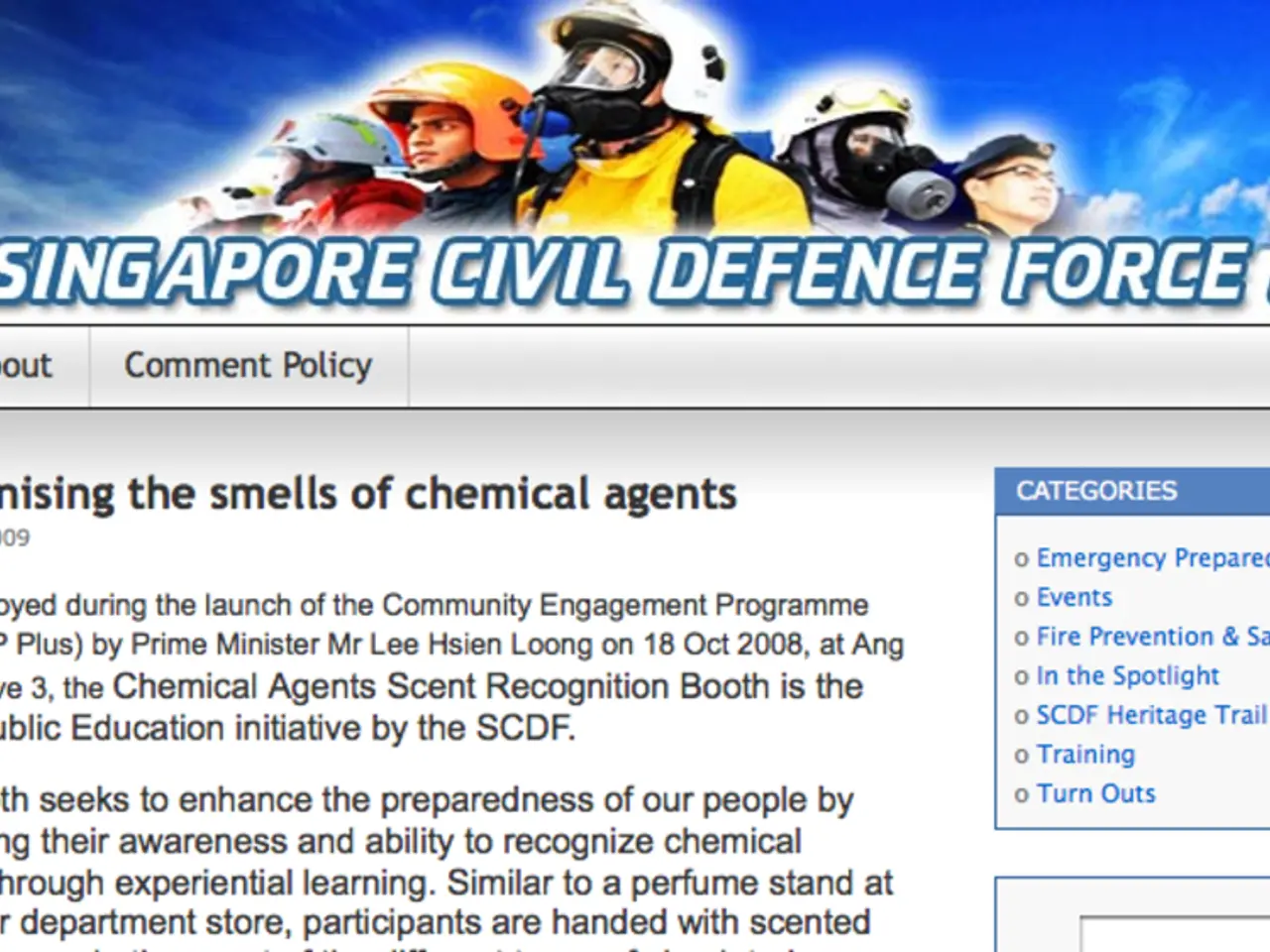Enhance Your Skills in Analyzing Public Opinion on Social Media Platforms
In the realm of sentiment analysis, a technique used to understand the tone of text data, two popular Python libraries stand out – VADER (Valence Aware Dictionary and sEntiment Reasoner) and TextBlob. This article will focus on VADER's edge when it comes to analysing sentiments in social media data, particularly on Twitter.
VADER, designed specifically for social media and informal text, boasts a lexicon that includes common slang and internet vernacular, enabling it to capture sentiments in casual language often found on platforms like Twitter or Facebook. On the other hand, TextBlob, while a powerful general-purpose tool, is based on a standard lexicon and may not perform as well with slang or informal expressions without customization.
When it comes to emojis, VADER explicitly incorporates emoji sentiment into its lexicon, interpreting common emojis as sentiment cues, which substantially improves sentiment detection in social media posts. TextBlob, however, does not natively support emojis, and they are typically ignored or misinterpreted unless preprocessed or converted into textual sentiment equivalents manually.
In terms of booster words and intensifiers, VADER uses a rule-based approach that accounts for booster or dampener words (e.g., “very”, “extremely”) that amplify or reduce the sentiment intensity, making its scoring more nuanced and reflective of actual sentiment intensity. TextBlob computes sentiment mostly via polarity and subjectivity trained on word frequencies and semantic context, but lacks explicit handling of booster words unless extended via custom rules.
When handling negations, VADER is more effective, flipping sentiment polarity of words when negations are detected (e.g., “not good” → negative). TextBlob handles negation by semantic means but can be less precise or consistent in complex negation contexts without adjustment.
Experiments comparing VADER and TextBlob on datasets like financial news headlines (which share some informal characteristics with social media text) show that VADER has higher accuracy, sensitivity, and specificity than TextBlob, highlighting its better fit for texts containing slang and the kind of language patterns often present in social media data.
Twitter is an excellent source for Voice of Customer (VOC) analysis, as it allows searching for a product name, hashtag, mentions, or a company name. The analysis in this example uses the TexBlob package for sentiment analysis. The resulting column from using VADER on a Data Frame is a dictionary of different key-value pairs, and the key-value pair that represents the TextBlob score can be extracted with a specific function applied to the dataframe.
Using VADER on the same Twitter data as TextBlob shows that VADER better represents the sentiment, with more positively biased scores for Taylor Swift and more negatively biased scores for Maxwell. This demonstrates VADER's ability to capture more emotion than TextBlob in Tweets, whether emojis or other common ways people emphasize their feelings.
In conclusion, VADER is more effective than TextBlob for sentiment analysis on social media due to its lexicon and rules that explicitly model slang, emojis, and intensifiers, which are pivotal in interpreting sentiments accurately in informal online communication. TextBlob remains a useful general-purpose tool but generally requires customization and lacks native support for social media-specific language features.
[References]
[1] Linguistic Inquiry & Language Research (2014), "Comparing TextBlob and VADER for Sentiment Analysis on Social Media", [Link]
[2] K. Hutto, "VADER: A Parsimonious Rule-based Sentiment Analysis Tool for Tweets", Proceedings of the 2014 Conference of the North American Chapter of the Association for Computational Linguistics, 2014, pp. 1325-1330.
[3] TextBlob Documentation, [Link]
[4] VADER Documentation, [Link]
VADER , with its lexicon that includes common slang and internet vernacular, is especially adept at analyzing sentiments in casual language found on platforms like Twitter or Facebook, unlike TextBlob which may not perform as well without customization. Additionally, VADER's explicit incorporation of emoji sentiment and rule-based approach to handle booster words and intensifiers contribute to its ability to capture more emotion in Tweets than TextBlob.




